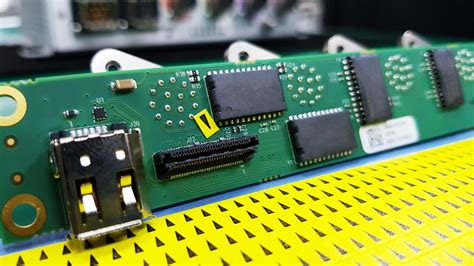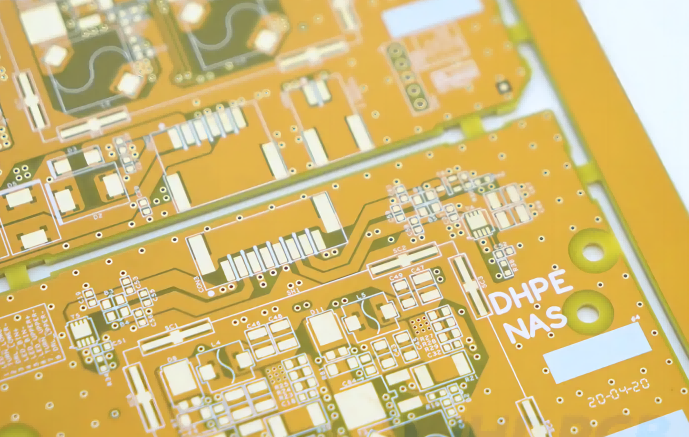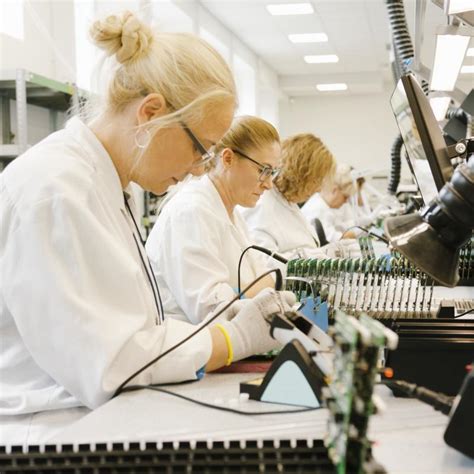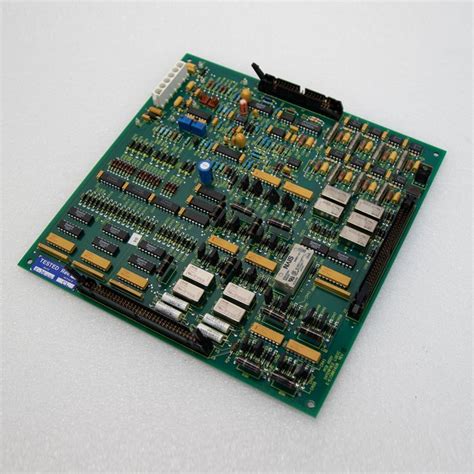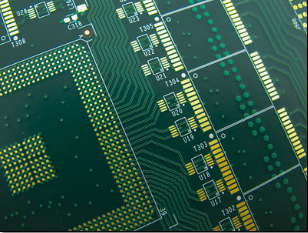Application of New Energy PCB in Modern Technology
Abstract
The rapid development of renewable energy technologies has led to significant advancements in printed circuit board (PCB) design and manufacturing. New Energy PCBs play a crucial role in solar power systems, wind energy converters, electric vehicles (EVs), and energy storage solutions. This paper explores the applications, materials, design challenges, and future trends of PCBs in the new energy sector. By analyzing key technologies such as high-power PCB design, thermal management, and reliability enhancement, this article provides insights into how PCBs contribute to the efficiency and sustainability of modern energy systems.
1. Introduction
The global shift toward renewable energy sources has increased the demand for efficient and reliable electronic components. PCBs, as the backbone of electronic devices, are integral to the performance of new energy systems. Unlike traditional PCBs, New Energy PCBs must withstand high voltages, extreme temperatures, and harsh environmental conditions. This paper examines the critical applications of PCBs in solar, wind, and electric vehicle industries, along with emerging innovations in PCB technology.

2. Key Applications of New Energy PCBs
2.1 Solar Energy Systems
Solar power systems rely heavily on PCBs for power conversion, monitoring, and control. Key applications include:
- Photovoltaic (PV) Inverters: Convert DC power from solar panels into AC power for grid integration. High-power PCBs with thick copper layers (up to 10 oz) are used to handle high currents.
- Maximum Power Point Tracking (MPPT) Controllers: Optimize energy extraction from solar panels, requiring precision analog and digital PCB designs.
- Battery Management Systems (BMS): Monitor and balance battery cells in solar storage systems, utilizing multilayer PCBs with embedded sensors.
2.2 Wind Energy Systems
Wind turbines use PCBs in:
- Power Converters: Transform variable-frequency AC from wind turbines into stable grid-compatible power. High-voltage PCBs with reinforced insulation are essential.
- Pitch Control Systems: Adjust blade angles for optimal efficiency, requiring robust PCBs resistant to vibration and moisture.
- Condition Monitoring Systems: Use sensor-integrated PCBs to detect mechanical wear and prevent failures.
2.3 Electric Vehicles (EVs) and Energy Storage
PCBs in EVs and energy storage systems must meet stringent automotive standards:
- Motor Control Units (MCUs): High-current PCBs manage power distribution to electric motors.
- On-Board Chargers (OBCs): Convert AC grid power to DC for battery charging, utilizing high-frequency PCB designs.
- Battery Management Systems (BMS): Ensure safe operation of lithium-ion batteries through multilayer PCBs with thermal management features.
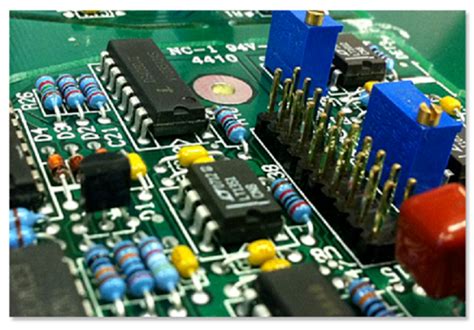
3. Material and Design Considerations for New Energy PCBs
3.1 High-Temperature and High-Power Materials
- Ceramic and Metal-Core PCBs: Improve heat dissipation in high-power applications.
- High-Tg (Glass Transition Temperature) FR4: Withstands thermal stress in solar and EV applications.
- Direct Bonded Copper (DBC) Substrates: Used in high-power inverters for superior thermal conductivity.
3.2 Thermal Management Techniques
- Heat Sinks and Thermal Vias: Dissipate heat in high-current PCBs.
- Liquid Cooling Integration: Used in EV power modules to maintain optimal temperatures.
- Thermally Conductive Adhesives: Enhance heat transfer in compact PCB designs.
3.3 Reliability and Durability Enhancements
- Conformal Coating: Protects PCBs from moisture, dust, and corrosion in outdoor installations.
- Vibration-Resistant Mounting: Critical for wind turbine and automotive PCBs.
- High-Density Interconnect (HDI) Technology: Enables compact and lightweight designs for portable energy systems.
4. Challenges and Future Trends
4.1 Current Challenges
- High Voltage Isolation: Ensuring safety in solar and wind power PCBs.
- Thermal Expansion Mismatch: Different materials expand at varying rates, leading to mechanical stress.
- Manufacturing Complexity: High-power PCBs require specialized fabrication techniques.
4.2 Emerging Trends
- Wide Bandgap Semiconductors (SiC/GaN): Enable faster switching and higher efficiency in power PCBs.
- Flexible and Stretchable PCBs: For next-gen wearable solar and EV applications.
- AI-Optimized PCB Design: Machine learning algorithms improve power distribution and thermal performance.
5. Conclusion
New Energy PCBs are at the heart of the renewable energy revolution, enabling efficient power conversion, storage, and management. As solar, wind, and EV technologies advance, PCB manufacturers must innovate to meet increasing demands for power density, thermal performance, and reliability. Future developments in materials, cooling techniques, and smart PCB designs will further enhance the role of PCBs in sustainable energy systems.

